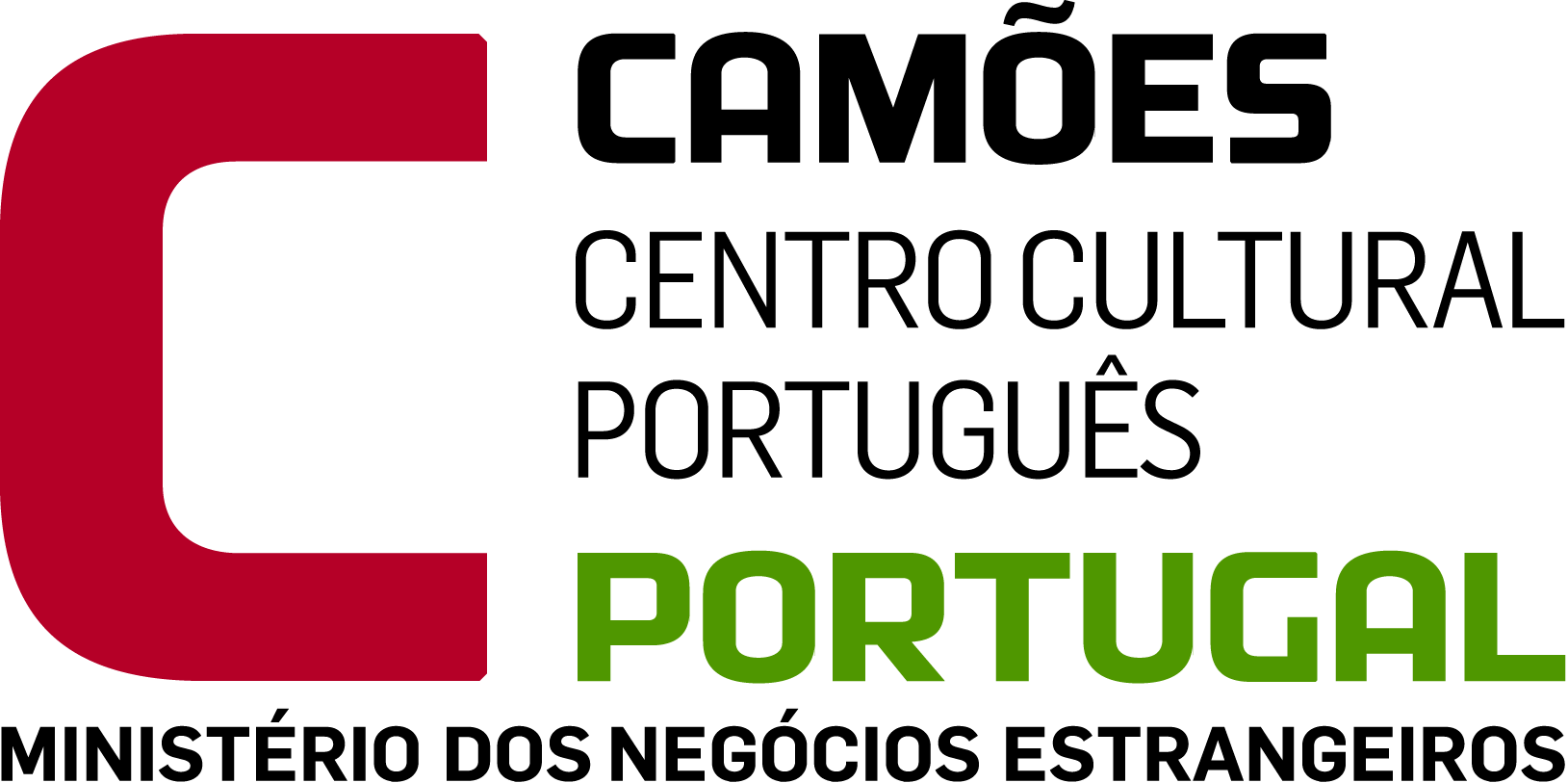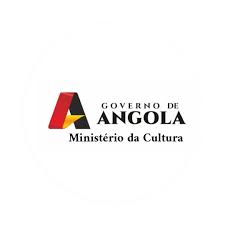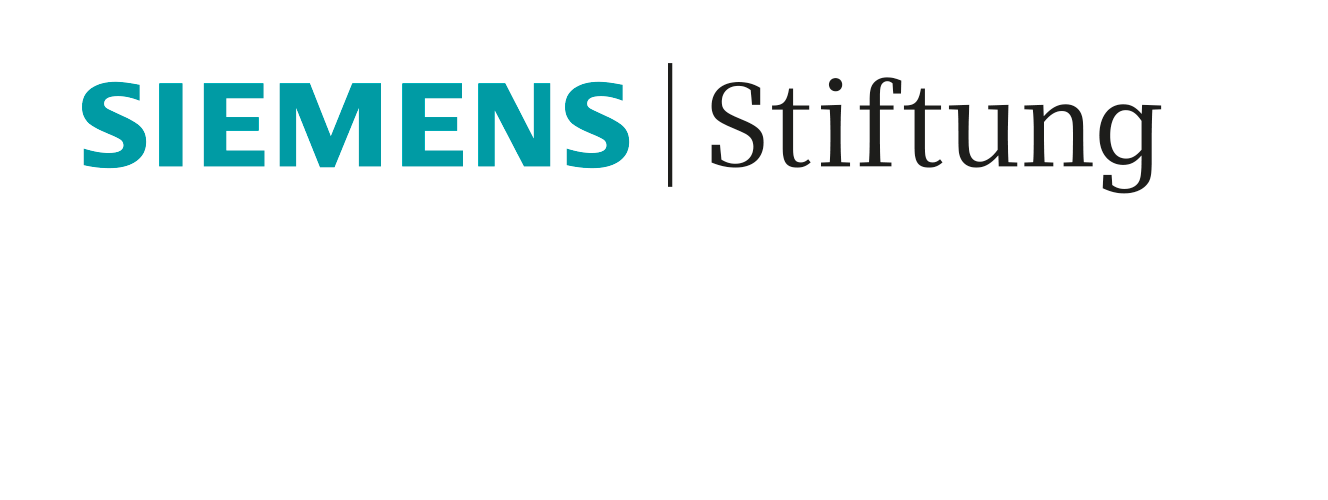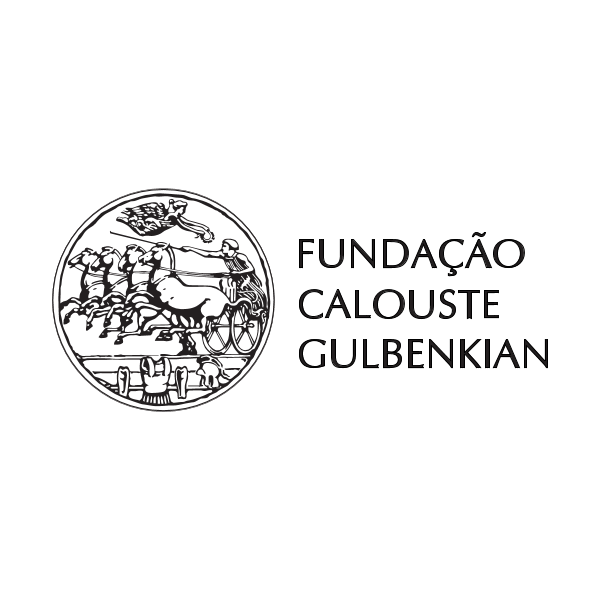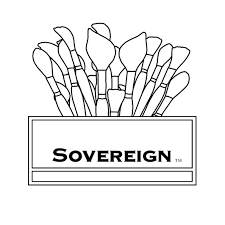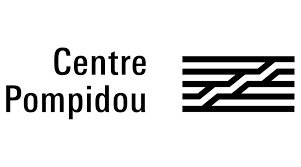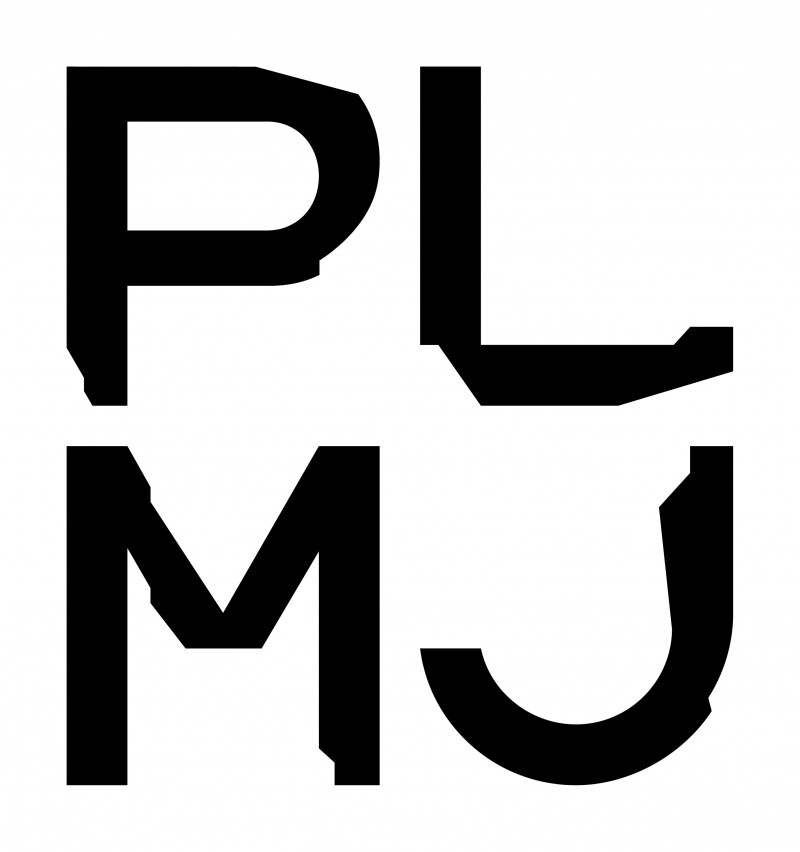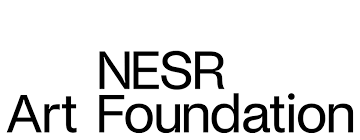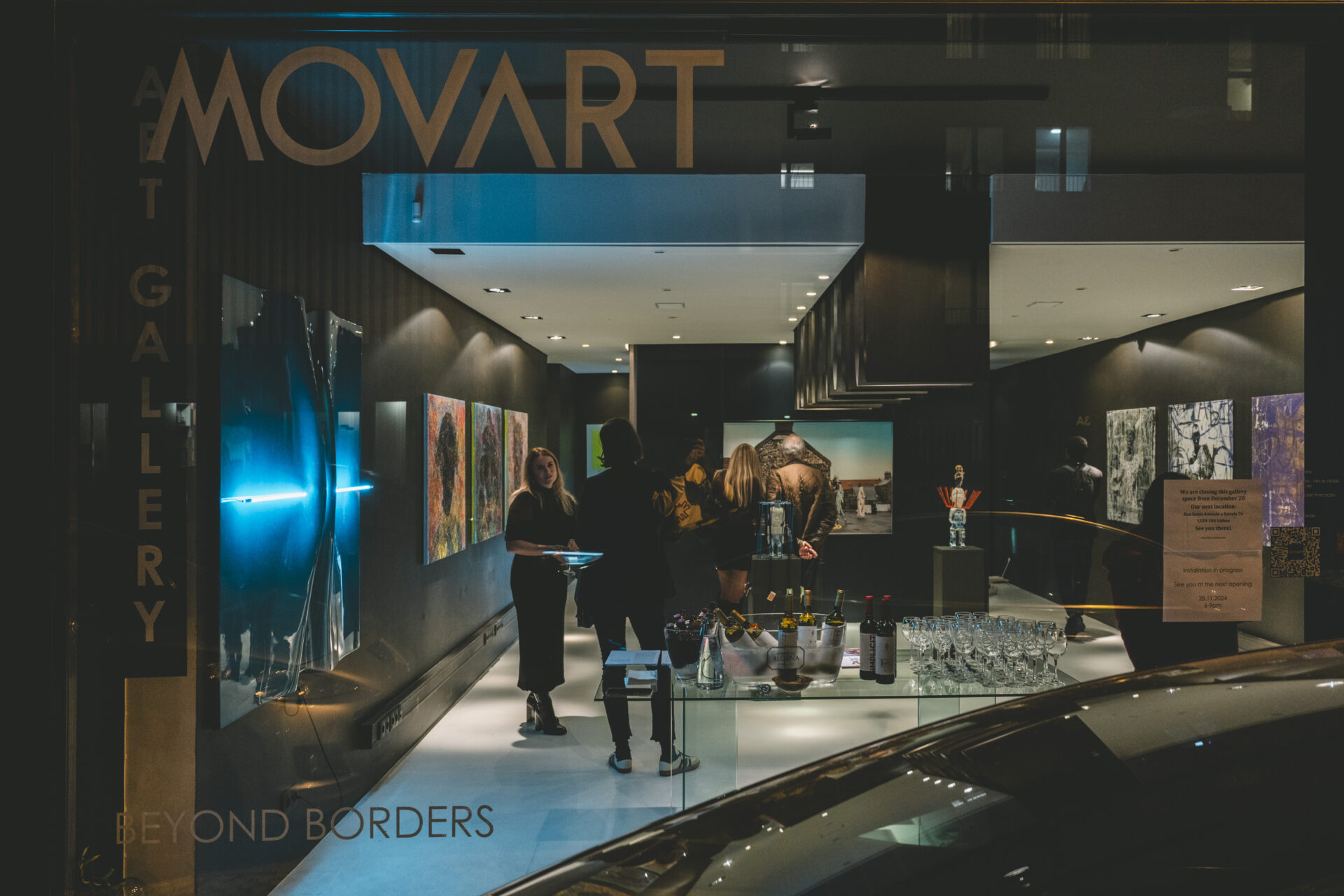

When Janire Bilbao arrived in Luanda, she was fascinated by the artistic capital that the city contained. There was a strong community of young artists pushing a discourse critical of the difficulties of the surrounding social and political reality but also celebratory of its historical and cultural richness in a profusion of artistic media and conceptual formulations, in a broad experimental spirit. At the same time, however, this scene lacked the economic and structural resources to afford to flourish properly. With the will to act against this situation, Janire founded the MOVART project in 2015, as an experimental concept of an itinerant exhibition, by finding public and private spaces, negotiating projects, and seeking funding, to weave an artistic fabric to be able to organise and promote the existing talents in Luanda and dynamize its cultural scene.
As Paula de Almeida reflected in Art Africa magazine in 2018, these early pop-up experiments became happenings that occupied everything from ‘unconventional disused buildings to iconic institutional “white cubes”, attracting art enthusiasts, collectors, international visitors, and a public eager to get acquainted with the local art scene’ so that at a certain point the need for a permanent exhibition space became obvious. Thus, in 2017, MOVART Gallery opened in the Marginal of Luanda, becoming the first commercial gallery in the country.
The project soon began to expand, allowing it to make contact with new artists and transcend borders, until a marked connection was first created with Portuguese-speaking African countries, and soon afterward a gateway was opened to the rest of the continent and the global diaspora. In this new phase, the mission was to internationalise this artistic paradigm to give voice to a network of artistic talents expressing a concern for meaning-making within an African socio-political context that is often invisible or under-represented on the international art scene. MOVART thus embarked on its programme of exhibitions, off-site projects, installations, residencies, performances – an amalgam of opportunities to allow artists to experiment with new contexts and audiences. In doing so, it gained access to new markets and began to participate in international fairs, such as in New York City, Miami, Johannesburg, Cape Town and London, generating enthusiastic reactions from collectors and visitors.
In 2020, MOVART achieved a transcendental leap in scale by opening a second gallery in Lisbon. This location symbolically and functionally signified the construction of a bridge between Africa and Europe that allowed it to consolidate a cultural synergy in constant movement through the Portuguese language and the diaspora, and to propel the careers of the artists with whom MOVART has worked since its beginnings. Thus, at present, while remaining rooted in its commitment to these artists and this mission, the gallery’s active presence in Lisbon has enabled it to establish new relationships and build an even broader and more diverse platform. As a consequence of this natural evolution, MOVART now defines its outreach profile in the Global South, but also accepts contributions from artists from different geographies that resonate with its mission to contribute to the construction of decentered discourses of contemporary art that are honest to the complexities and pluralities of the present. In 2025, the gallery plans to grow further by opening a new, larger space in Lisbon.
MOVART holds 4/5 solo exhibitions per year and participates in several international art fairs. Off-site, the gallery collaborates with significant institutional exhibitions and projects, as well as pop-up interventions that pay homage to its origins.

